"It's been a frustrating morning for a motor twitcher like myself. Aston Martin V12 Zagato. My iPhone battery was flat. So, of course, we had to share some stock pics of one of our favourite cars from who is certainly "

A Grand Touring heavyweight: 60 years of the Aston Martin DB4
Built to super-light principles, the Aston Martin DB4 was both a beautiful and powerful heavyweight among 1960s Grand Tourers
Thanks to its association with an infamous secret agent, the name ‘Aston Martin’ and the initials ‘DB’ conjure up all sorts of British spy movie connotations. But while the DB5 may well be popular culture’s most famous David Brown creation, its numerically-named predecessor is just as significant. The DB5 may be James Bond, but the DB4 is certainly no Russ Abbott-lite Basildon Bond.
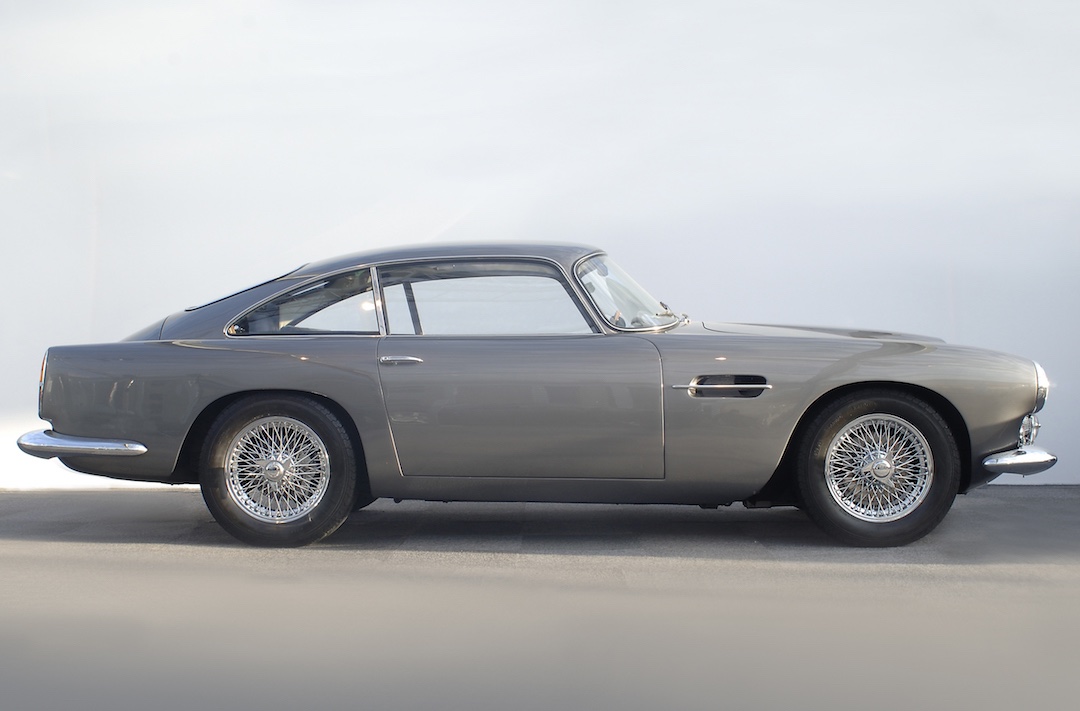
The first ‘modern’ Aston Martin, the continentally-curvaceous DB4 glided down the automotive catwalk at the 1958 London Motor Show. A development of the DB Mark III, its Carrozzeria Touring-designed body and its lightweight tube-frame superleggera construction showcased stunning Italian style and advanced car building technologies. Each DB4’s birthplace was more mundane than mediterranean, though, as the swoopy four-seater emerged from Aston’s works at Newport Pagnell, the first Aston to do so.
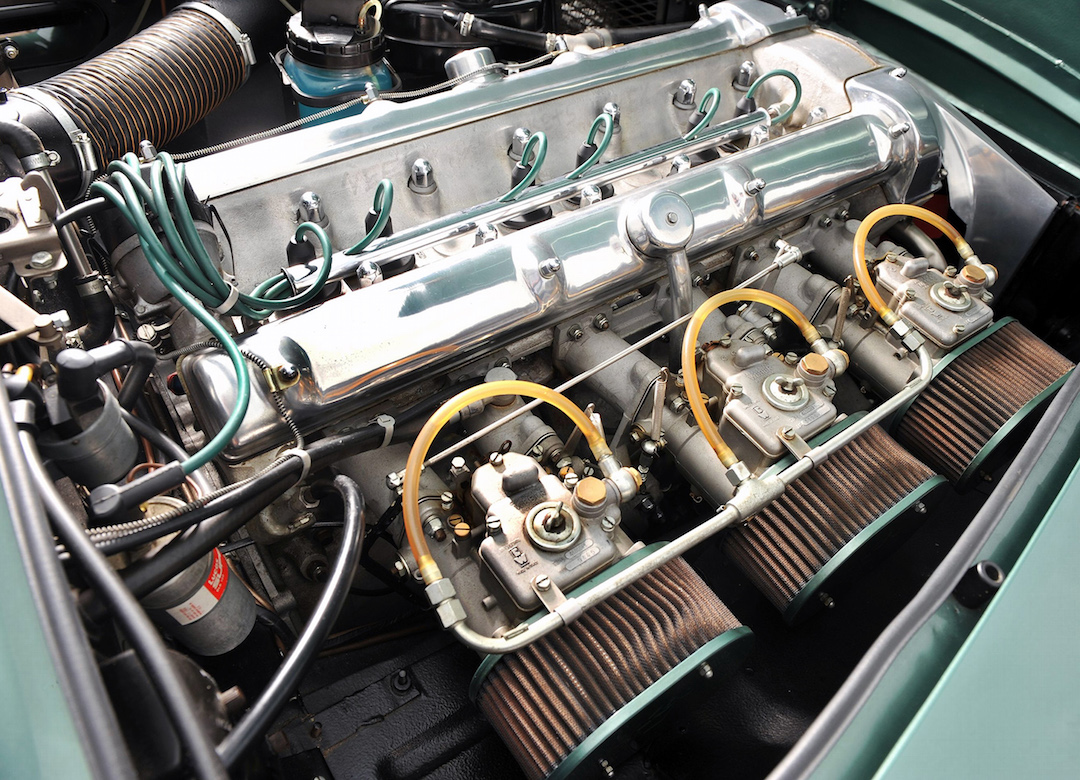
Sitting in a Harold Beach-drafted platform chassis, the DB4’s new 3.7-litre, six-cylinder Tadek Marek-designed all-alloy engine had been race proven in the DBR2. Thanks to its dieting disposition, the DB4 held the honour of being the first production car to race from 0 to 100mph and back again in under 30 seconds. The 240bhp, double overhead cam coupé carried Aston back into sports car contention, and lost its top when the rare – only 70 of the 1,110 DB4s built had a soft top – £4,194 convertible joined the £3,976 closed roof car after a Paris motor show debut in 1961.
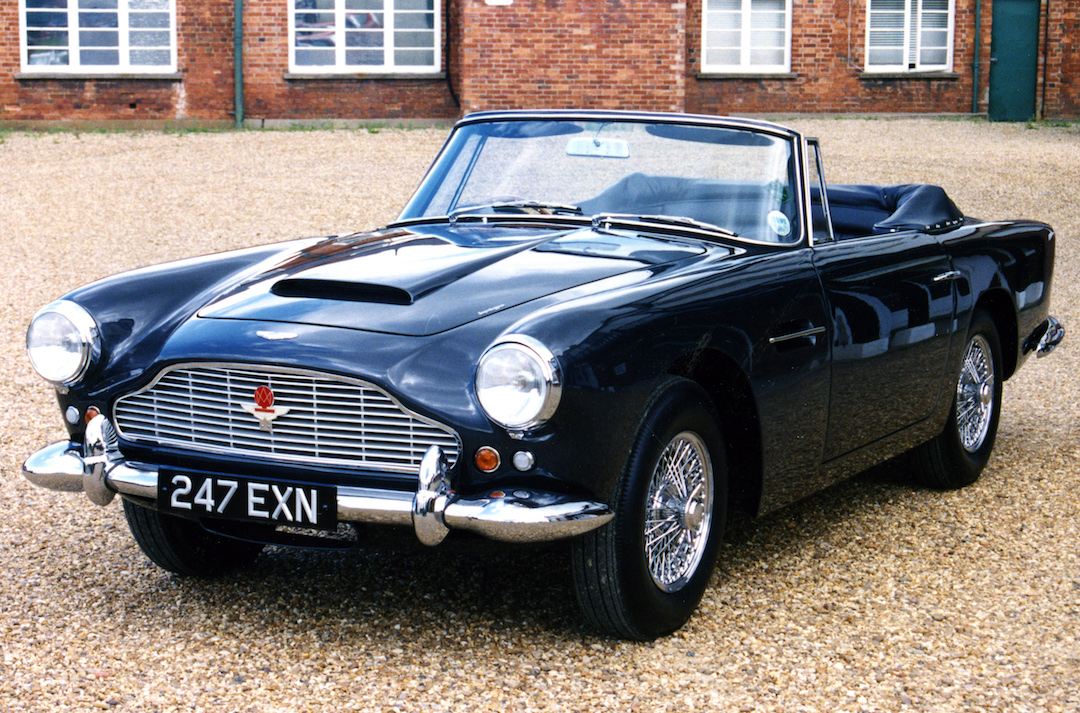
And if the standard car put the grand back into Grand Tourer, the GT of 1959 heightened the DB4 experience. The ingredients were simple: a five-inch wheelbase chop, an 84kg reduction in weight, all-round disc brakes, and a power bump to 302bhp. The twin-plug, triple-carburettor 3.7-litre six GT knocked 10 seconds off the standard DB4’s 0 to 100mph time, and was no doubt the brawniest British car of its time.
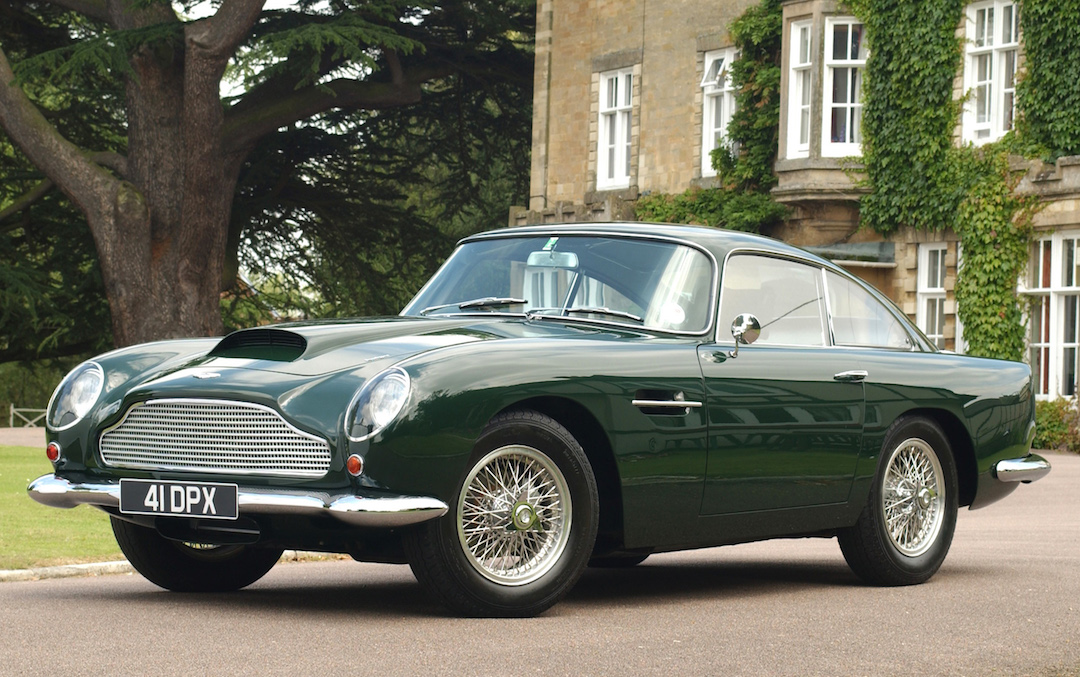
Though built for racing, DB4 GT road cars were, like every Aston Martin, sumptuously appointed with Connolly hide and Wilton carpets. Enclosed headlights were added, the bumpers deleted and twin quick-release ‘Monza’ fuel fillers helped splash and dash top-ups. The GT dish was the tastiest DB4 yet, but its limited 75-unit production run meant few could savour it.
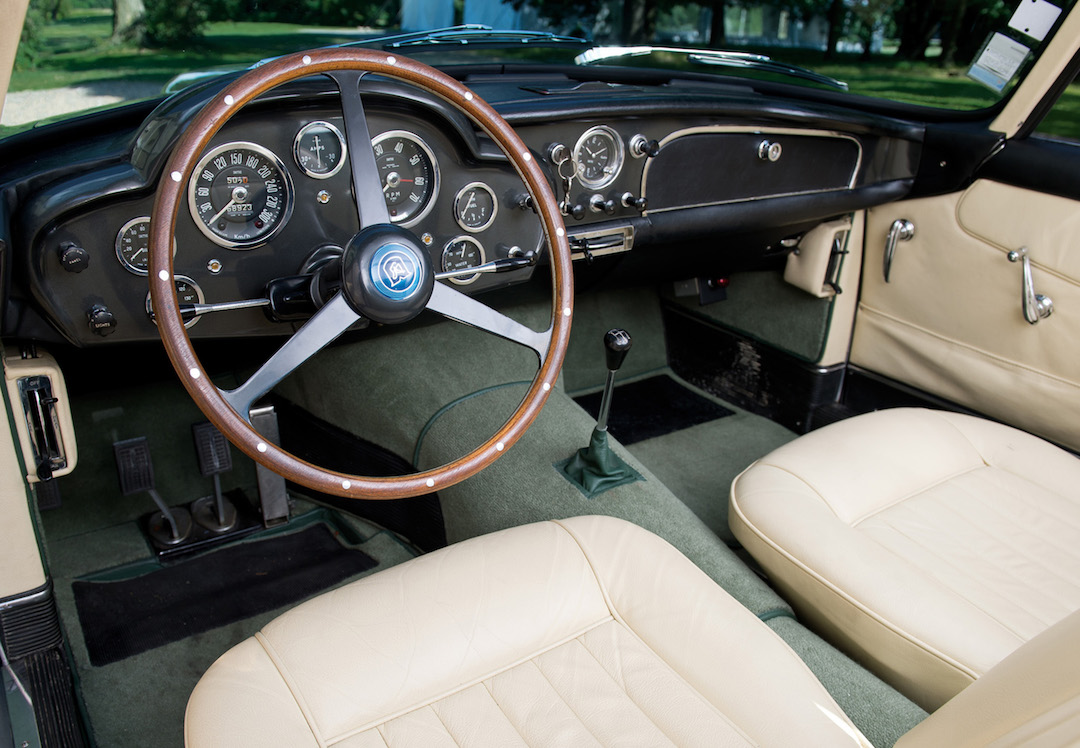
Although the GT prototype won its first outing at the Bank Holiday weekend race at Silverstone in May 1959 with Stirling Moss behind the wheel, the DB4 wasn’t the most successful British racing car ever – slightly odd when John Wyer, the man behind the Ford GT G40 was involved with the project – but it was the most beautiful. Until the even lighter and more alluring DB4 GT Zagato arrived in 1960. The achingly pretty two-seater was, as the name suggested, built by Carrozzeria Zagato of Milan.
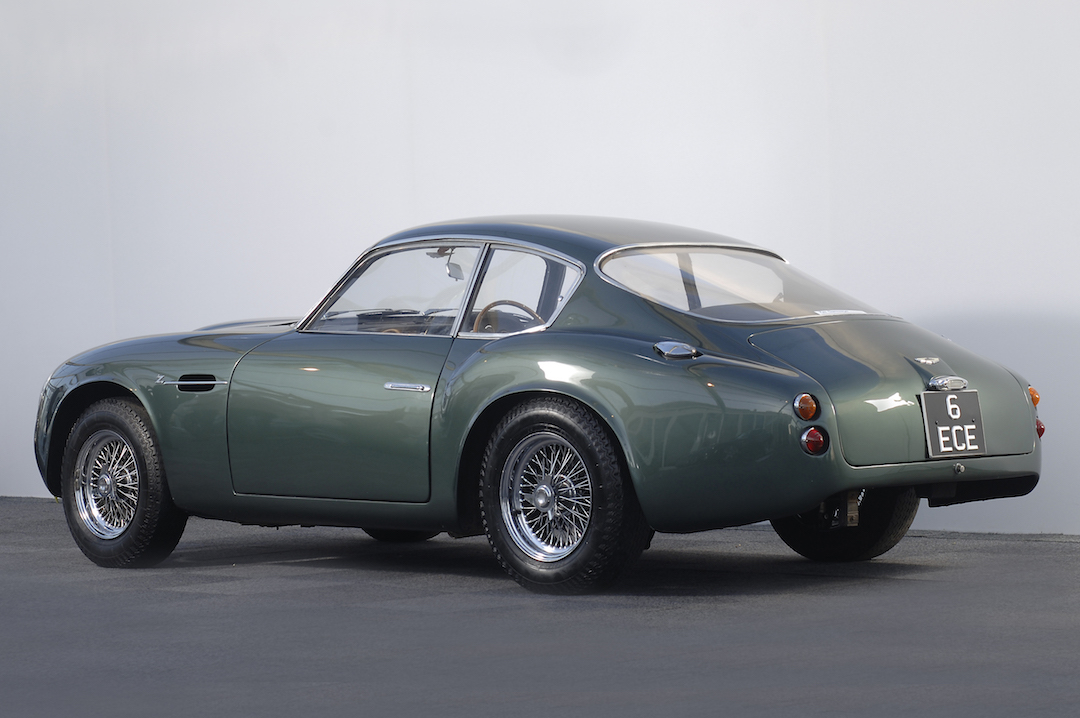
Styled by a young Ercole Spada, chassis were shipped out to Italy from Newport Pagnell for the bodies to be fitted, before being returned to Buckinghamshire for finishing. The UK price of £5,157 sadly meant only 19 of the 314bhp DB4 GT Zagatos were made, six short of the proposed production figure. A quartet of cars were completed in 1991, with another pair of ‘Sanction III’ Zagatos built a year later. A single DB4 was styled by Bertone, and was known as the ‘Jet’.
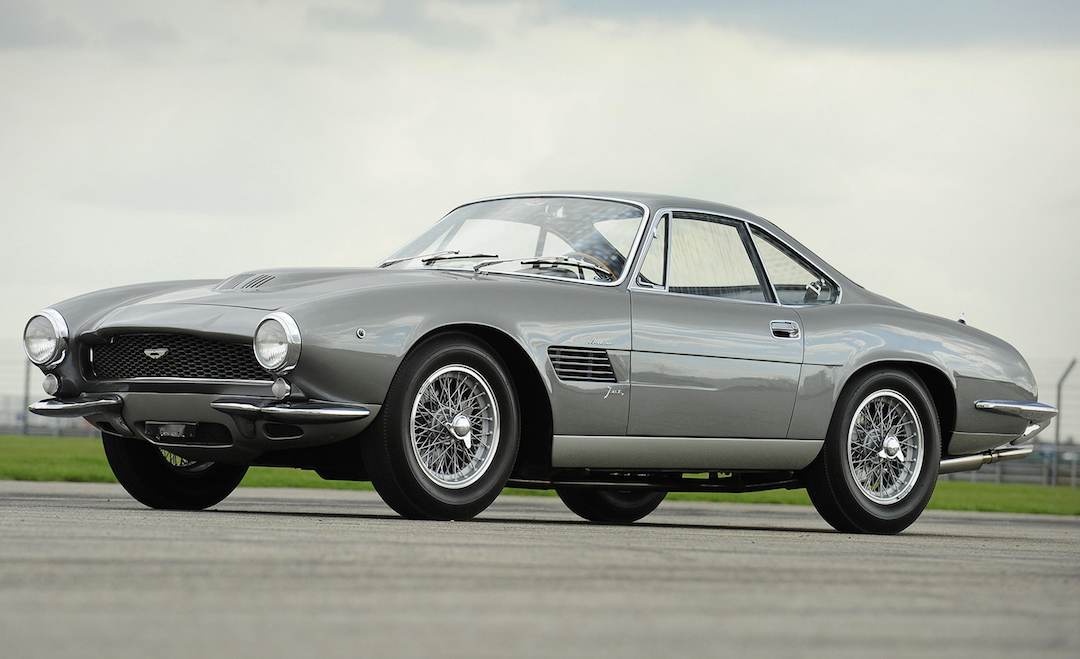
The DB4 GT is one of the most coveted Astons ever, and a run of 25 DB4 GT Continuation cars were announced in 2016. If the 1959 price limited the original cars to only the well-heeled, the proposed £1.5m asked for the additional newer 4.2-litre, 345bhp cars ensured that they were for those who had as much wealth as much as the GT Zagato had curves – and even that sum was around half of the DB4’s contemporary value.
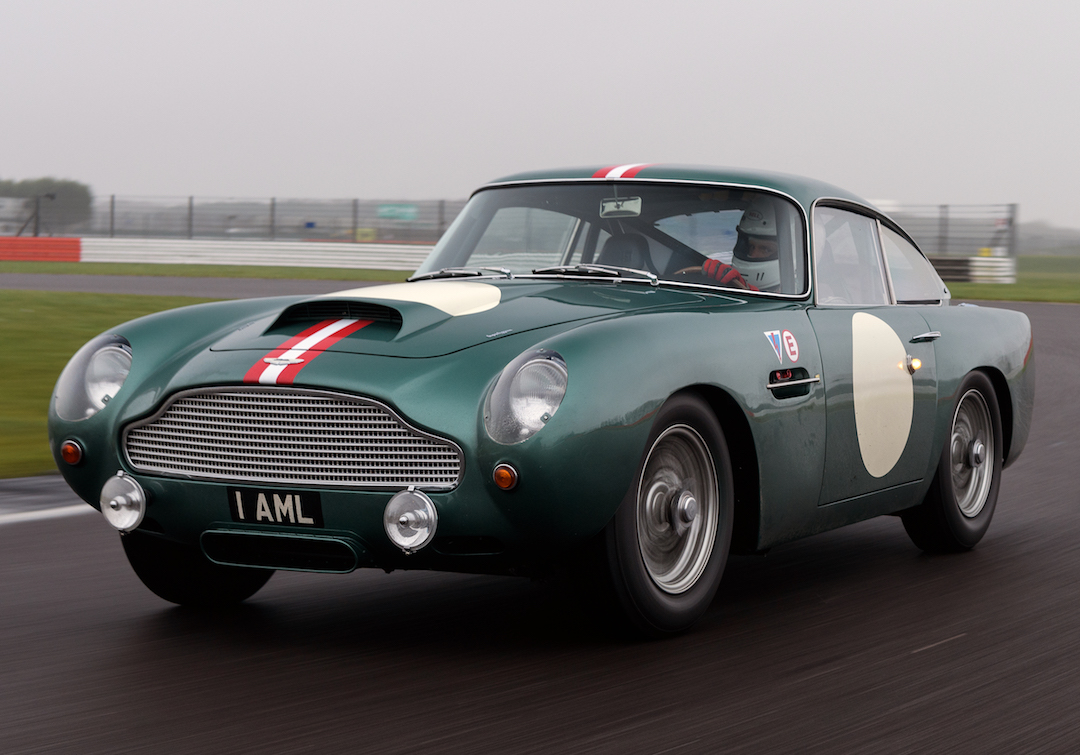
Heritage is now big business, and a new run of 19 DB4 Zagato Continuation cars has just been announced. Available at an even more ridiculously affluent £6m, buyers will get a GT Zagato version of the new DBS Superleggera thrown in alongside (the pair christened the DBZ Centenary Collection to celebrate 100 years of the Italian coachbuilder). While we’re sure they’ll be as pant-wettingly gorgeous as the originals, there’s definitely gold in them there retro hills.
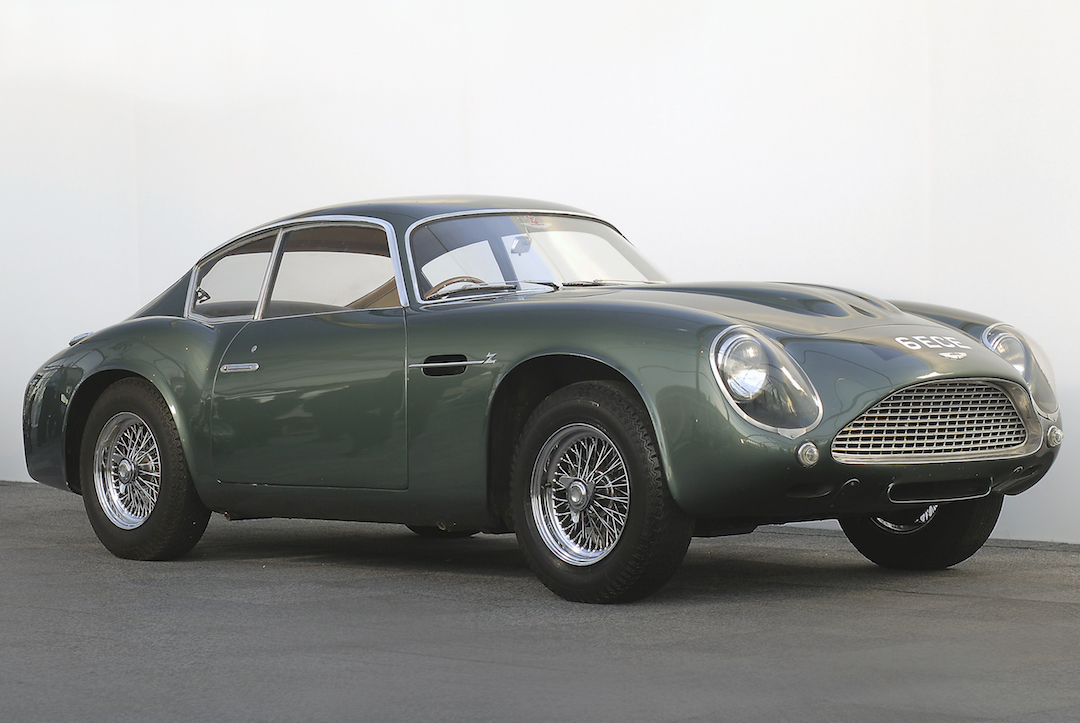
Before the Bond-starring DB5 usurped it in 1963, the DB4 evolved through five ‘series’, and more powerful 266bhp Vantage versions arrived in 1961 with a trio of SU carbs and special cylinder heads. Spotters will note the DB4-style faired-in headlights, while 14 ‘Vantage GT’ cars married the GT’s engine to the standard DB4 body. The DB4 GT’s svelte style attracted not just racers, but celebrity aficionados, too: Peter Sellers was one notable owner. The actor’s DB4 GT was one of just three cars fitted with rear seats, and it starred in the Sellers film The Wrong Arm of the Law, and suffered the indignity of being chased by a Wolseley 6/90 police car. It recently sold for £2.65m.
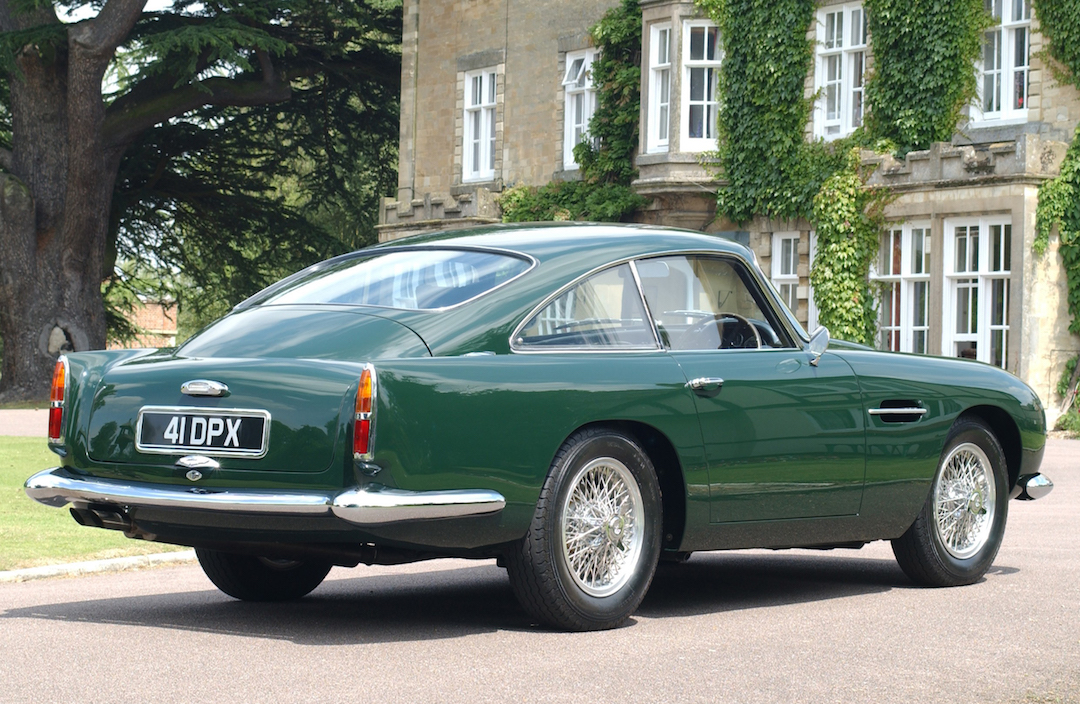
Often confused for its more infamous movie sibling – fittingly, a Series 5 DB4 Vantage was modified to become a prototype DB5 and starred in Goldfinger – the DB4 was a more pivotal machine. Shaping the style and direction for the Astons which followed it, the DB4 was an automotive British brute. It may have been built to super-light principles, but its pretty looks, powerful engine and Ferrari-fighting spirit cemented it as a heavyweight among 1960s GT cars.
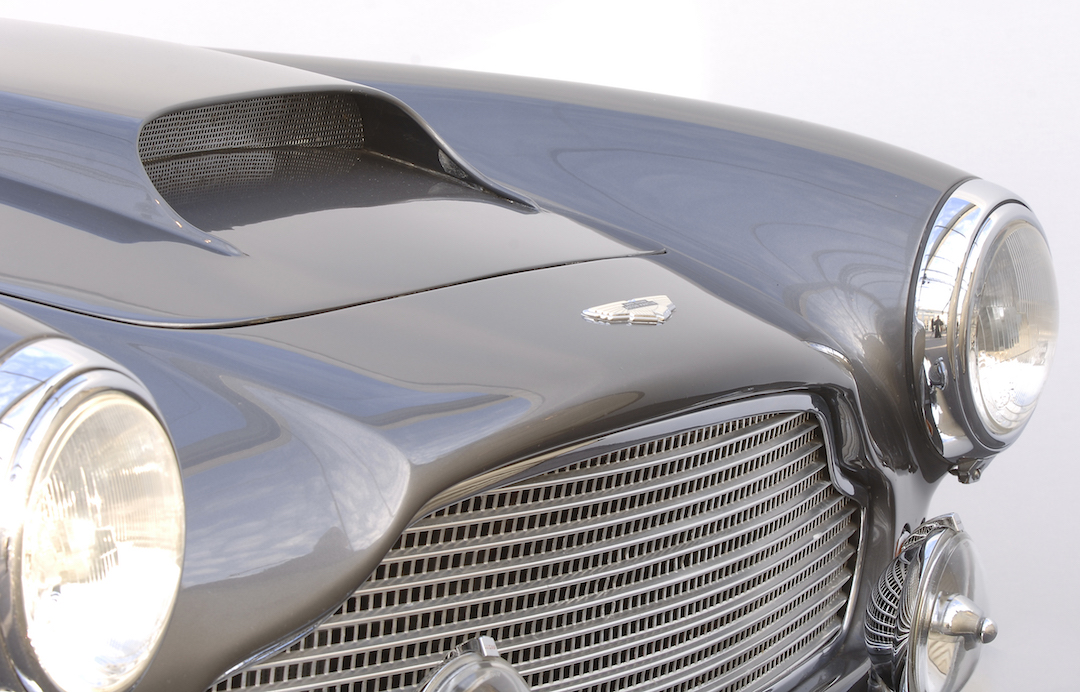
CLICK TO ENLARGE










